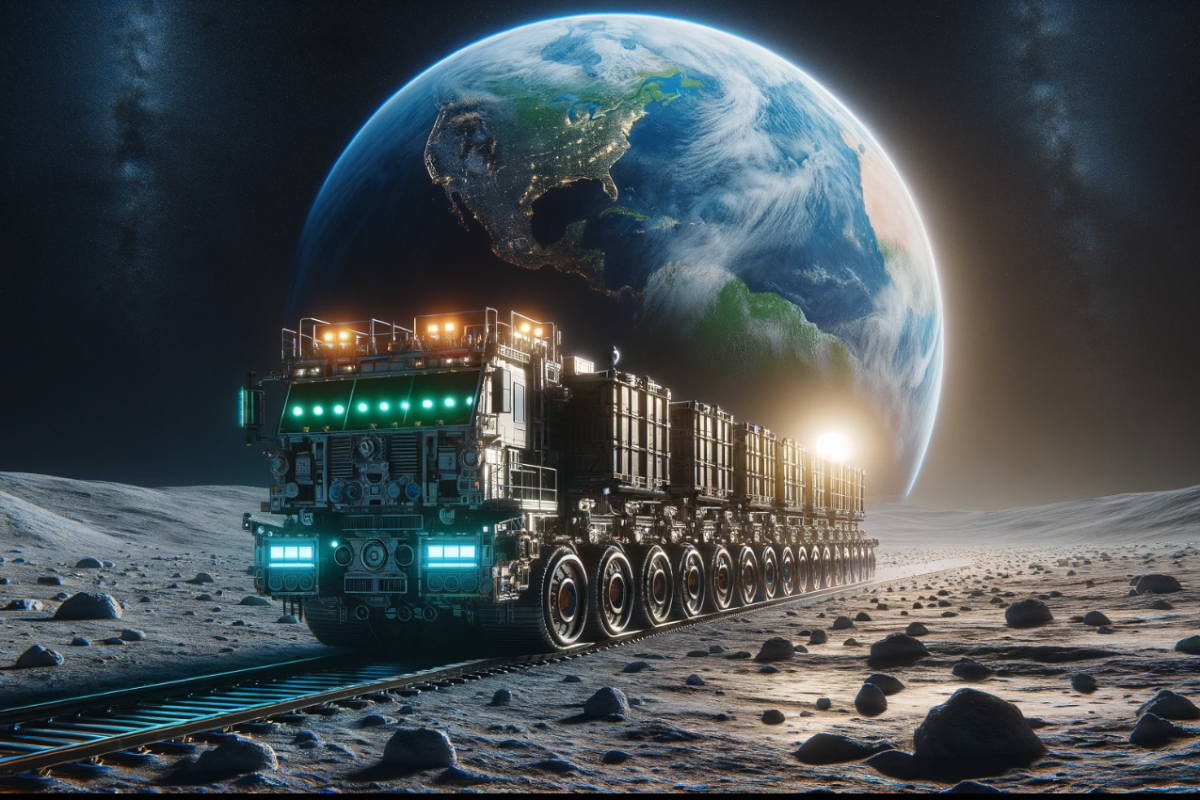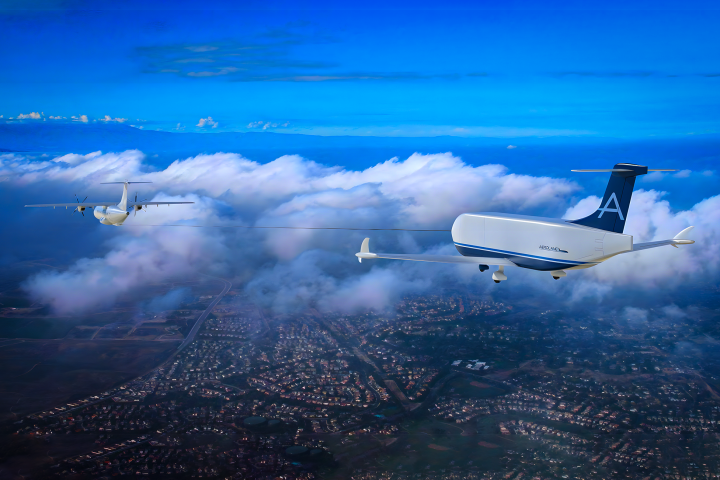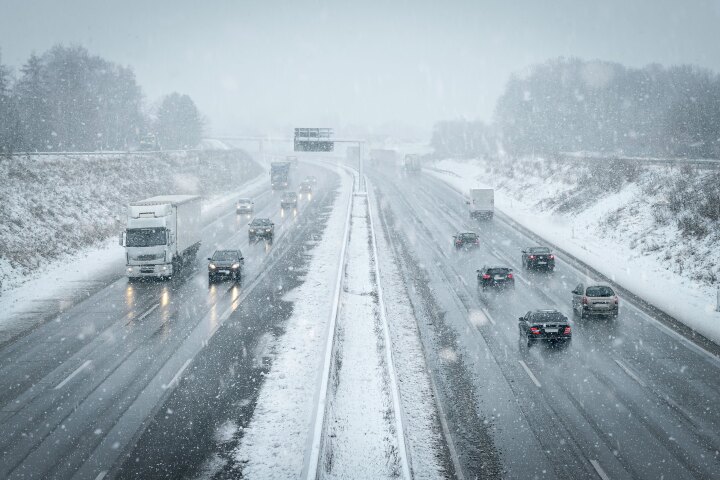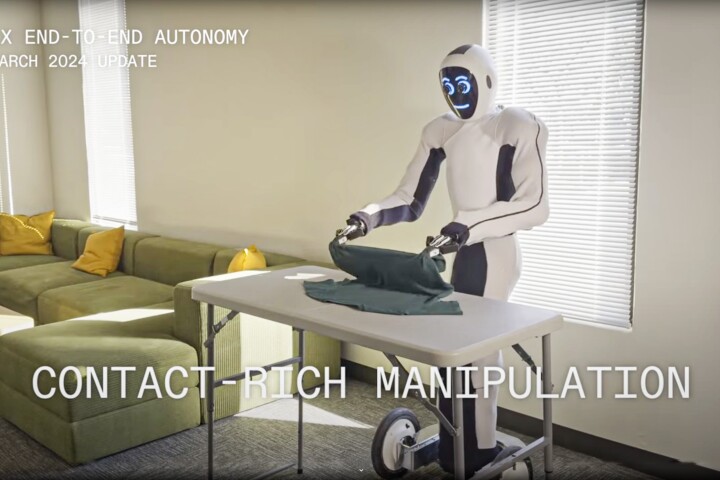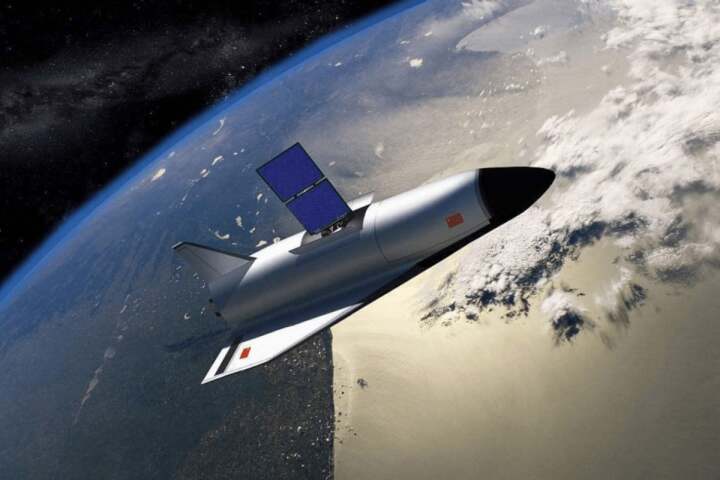Running a train on the Moon may seem profoundly silly, but there is some very firm logic behind it. Even as the first astronauts were landing on the Sea of Tranquility in 1969, it was realized that a permanent human presence on Mars would require an infrastructure to maintain it. That includes mines for water ice, nuclear power plants, factories, and railways.
Though many people think the Moon is small, it is, in fact, a very large place with a surface area equivalent to that of Africa. Over such an expanse, even a limited presence would require some sort of a transport system to link various outposts and activities.
Railways, whether tracked or using maglev systems, make considerable sense. Aside from their logistical value, they are a way of handling one of the Moon’s major problems – dust. Lunar dust is extremely abrasive and corrosive. Because of the complete lack of water, the static electricity of the dust makes it cling to spacesuits and equipment, making them not only grubby but with a reduced service life. Traveling by train would greatly reduce contact between humans and dust as the former go from place to place.
Another consideration is tracks. Moon buggies could and certainly will be used, but they tear up the lunar surface. On Earth, leaving tracks usually means they’ll be gone from rain and erosion in short order. On the Moon, they remain untouched for billions of years. If only for aesthetic reasons, keeping such damage to a minimum would be a good thing.
The new contract covers some of the basics of developing such a railway. Northrop Grumman is tasked with sorting out the interfaces and resources required to build a lunar rail network, make a critical list of foreseeable cost, technological and logistical risks, develop the prototypes to concept design and architecture, and work out how to construct the railway with robots as well as how to deal with the problems of grading the rail line, building its foundations, laying the tracks, and the ongoing matters like inspection, maintenance, and repair.
“This investment in key developmental research keeps our technology at the forefront of next generation solutions,” said Chris Adams, vice president and general manager, strategic space systems, Northrop Grumman. “With our proven experience in the integration of complex systems and commercialized autonomous services, we will continue to create lasting change for a sustainable space ecosystem.”
Source: Northrop Grumman
–









